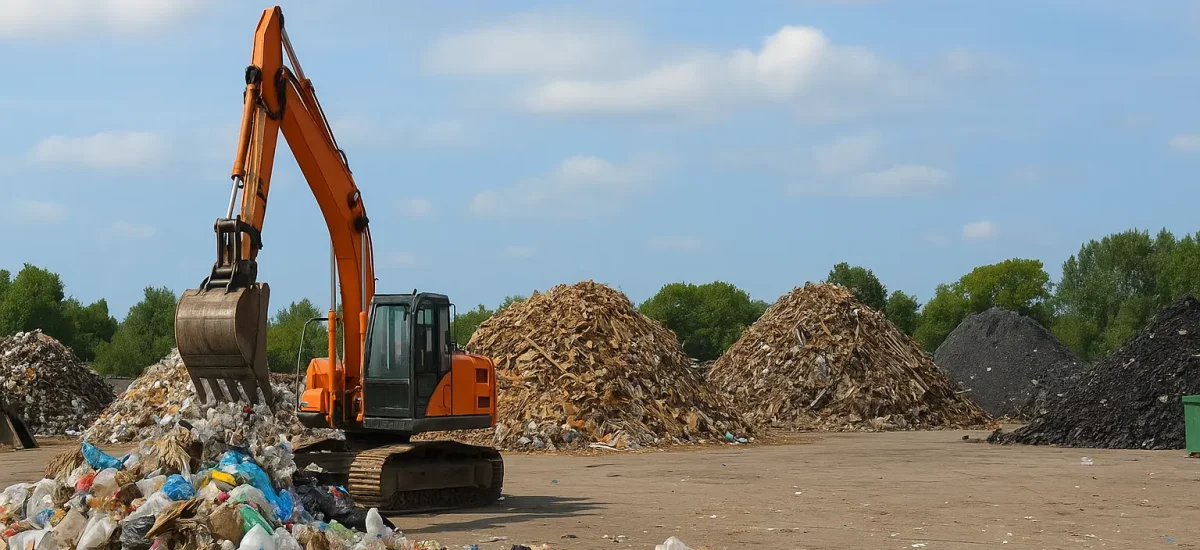I’ll be straight. Coal mine slurry isn’t pretty. It’s thick. It’s dark. It’s water mixed with fine coal, rock dust, clay, and chemicals from the wash plant. Think chocolate milk, but gritty, and it stains everything it touches. I didn’t step into a pit. But I spent long days studying case notes, gear manuals, and field reports. And I kept thinking, how do folks keep this stuff moving and safe?
If you want the expanded back-story that kicked off my research, you can dive into my longer piece over on Coal Mine Slurry—My Honest Take, in Plain Words.
Let me explain what stood out, and where it gets sticky.
So… what is it, really?
Coal runs through a wash plant. That wash shakes dirt off the coal. The leftovers make a sludge. That sludge is the slurry. It goes to lines, ponds, or tanks. Simple idea. Messy in real life.
Here’s the thing: the fine bits don’t like to settle. They float and hang. So you need help to make them clump. That’s where polymers, thickeners, and big pumps come in.
A deeper dive into how those “ponds on a hill” behave is in my field note on Coal Slurry Impoundments—My First-Hand Take.
The “gear” that keeps it from misbehaving
I kept seeing the same tools pop up:
- Warman-style slurry pumps: big, tough, and loud on paper. They chew through grit better than most.
- High-rate thickeners (think WesTech, Metso Outotec): they spin and settle the fine stuff fast.
- Belt presses and filter presses (ANDRITZ, Micronics): they squeeze water out of the mud cake.
- Polymers (SNF, BASF/Kemira lines): a little dose, and the fines stick and drop.
It’s like a kitchen line. Pump moves. Thickener preps. Press finishes. Polymer is the secret sauce. For a quick comparison on how slurry fuel behaves inside a burner loop, my notes on Hands-On Coal Slurry Fuel—Cheaper Heat, Tricky Flow might help.
Real examples that stuck with me
Not stories from my boots—these are from published case work and agency files that I went through. I like numbers, and these had them.
- Powder River Basin, Wyoming: A mine case showed a high-rate thickener bumping solids from about 15% to near 55–60%. That cut truck trips from the pond and lowered fresh water pull. The detail that hit me? They ran an anionic polymer, jar-test set, under 1 g/L. Quick floc. Clear overflow in minutes.
- Southern West Virginia: A state report flagged a slurry line break that turned a creek gray. The fix wasn’t magic. They swapped the line segment, added leak sensors, and set a slow-start pump curve. Later checks showed turbidity falling back to normal range. Boring fix, good result. I unpack the human side of a similar creek event in Black Water, Heavy Hearts—A First-Person Take on a Slurry Mess in Wales.
- Illinois Basin: Plant notes showed a belt press upgrade adding a third gravity zone. Final cake went from “sticky” to stackable, around 35% to 45% solids. The kicker? Fewer carryback drips, so less cleanup time. Small change, big mood lift for crews.
Do these numbers look flashy? Not really. But they matter. Less water hauled. Fewer drips. Fewer calls at 2 a.m. For a play-by-play on what happens when a slurry spill goes sideways, see my First-Hand Review of a Coal Slurry Spill.
What I liked
- It can be tamed. With the right polymer and mixing, slurry behaves. Fast.
- Clear overflow looks great. When you see that tea-colored water turn clear, it feels like a win.
- Pumps built for grit last longer. Parts still wear, but not as fast.
- A steady feed rate makes life easier. No surge, no mess. It feels calm.
What bugged me
- Polymers are picky. Dose too much? You get jelly. Too little? Nothing drops.
- Cold weather hurts settling. Floc gets slow. Lines gum up. Winter is a pain.
- Belts need love. If you skip washdown or tension checks, you pay for it later.
- Ponds still scare folks. Old impoundments, old dams—people remember the bad headlines. I walked those berms myself, and the vibe is real; here’s my Honest Take on a Coal Slurry Pond.
Safety and sense
Look, slurry isn’t a DIY thing. It needs pros. It needs PPE. It needs checks and logs. For readers who want a concise run-down of best practices and incident lessons learned, the guides at SludgeSafety.org are worth a look. If a line leaks, you shut the pump. If a pond looks odd, you call it out. The federal Office of Surface Mining Reclamation and Enforcement’s Impoundments program spells out the engineering and inspection ground rules, and MSHA’s Safety Topic: Impoundments and Dams page packs the training bulletins every crew should keep on hand.
I keep a few rules in mind when I weigh a setup on paper:
- Jar tests before big runs. Always.
- Keep spare pump parts. Seals and liners don’t wait.
- Train new hands on “what clear overflow looks like.”
- Tighten alarms. Low flow, high pressure, and sump level alarms catch trouble fast.
Cost and upkeep, in plain talk
All this gear costs money. But hauling wet mud costs more over time. Pressed cake stacks. Water goes back to the plant. You pay for steel and polymer now, and you save on trucks and water later. It’s the old “pay now or pay more later” thing. Annoying, but true. Curious how those long haul lines pencil out? Swing over to I Rode the Line—My Take on the Black Mesa Coal Slurry Pipeline for the math.
A tiny tangent (that still fits)
You know what? Slurry reminds me of sourdough. Sounds silly, I know. But both act strange if temp swings. Both need a right “feed.” And both can mess up your day if you rush. Slow, steady care wins.
One more sideways thought: crews stuck on remote mine camps often joke that the social scene is thinner than the clear overflow we aim for. If your off-shift entertainment could use a little variety, this handy roundup of the best free sex sites for casual encounters breaks down legit platforms, compares features, and shares safety pointers so you can skip the guesswork and unwind without spending a cent. If you'd rather zero in on a Craigslist-style board for meet-ups in a specific city, this no-fluff guide to the Doublelist scene in College Park spells out posting tricks, reply etiquette, and red-flag warnings so you can cut through the noise and get to genuine connections faster.
Who this makes sense for
- Mines that recycle wash water.
- Sites with strict discharge rules.
- Teams sick of pond dredge drama.
- Anyone done with sticky, unstackable cake.
Bottom line
Coal mine slurry will fight you. But with a good thickener, a smart polymer dose, and tough pumps, it starts to behave. It won’t ever be neat and tidy. Still, it can be safer, drier, and cheaper to move. I like that. It feels like progress, even if it’s not flashy.
If you want a single thought to keep: test small, watch your flow, and keep your belts clean. Do that, and the “mud” turns into a system you can trust. Not perfect. Just steady. And steady wins.

